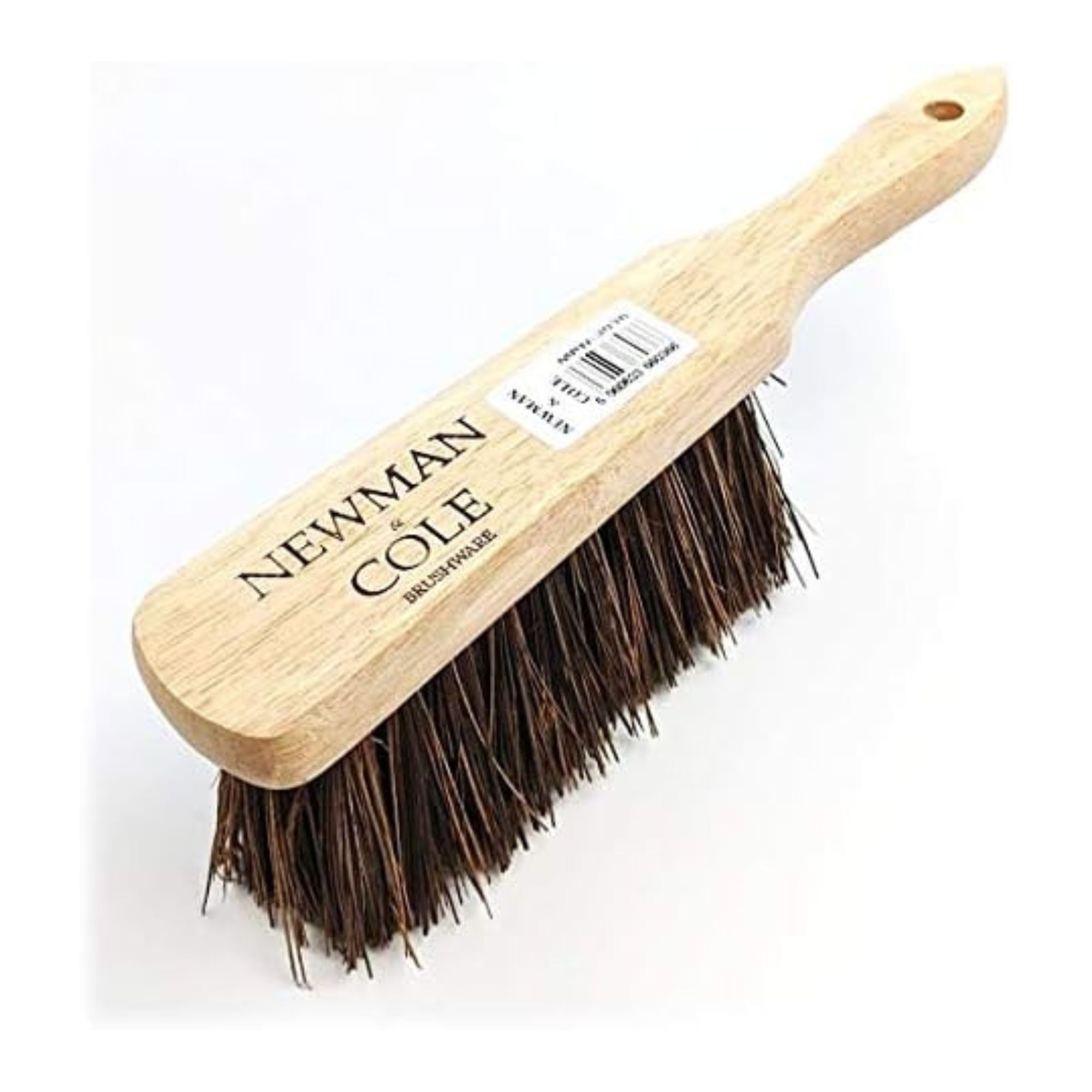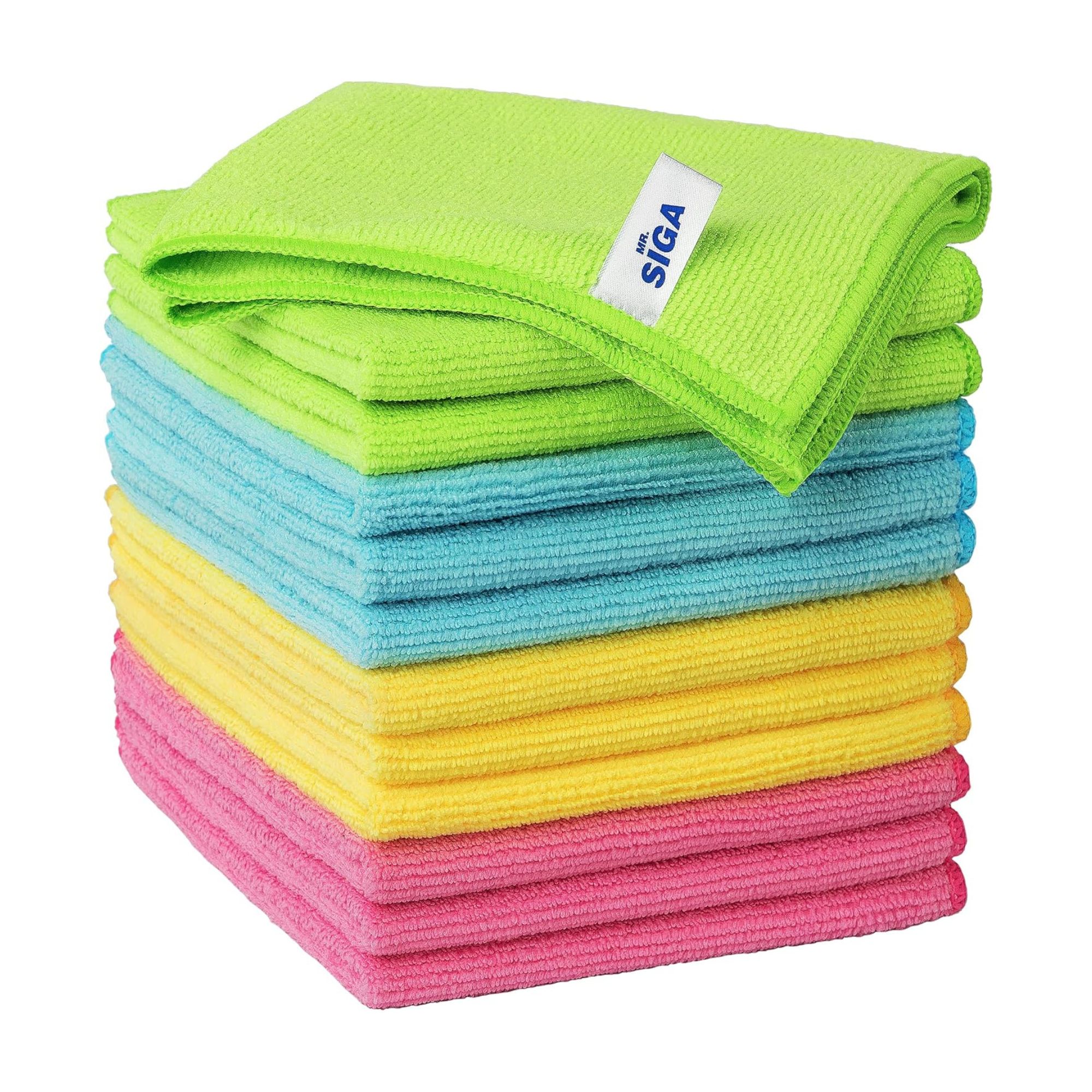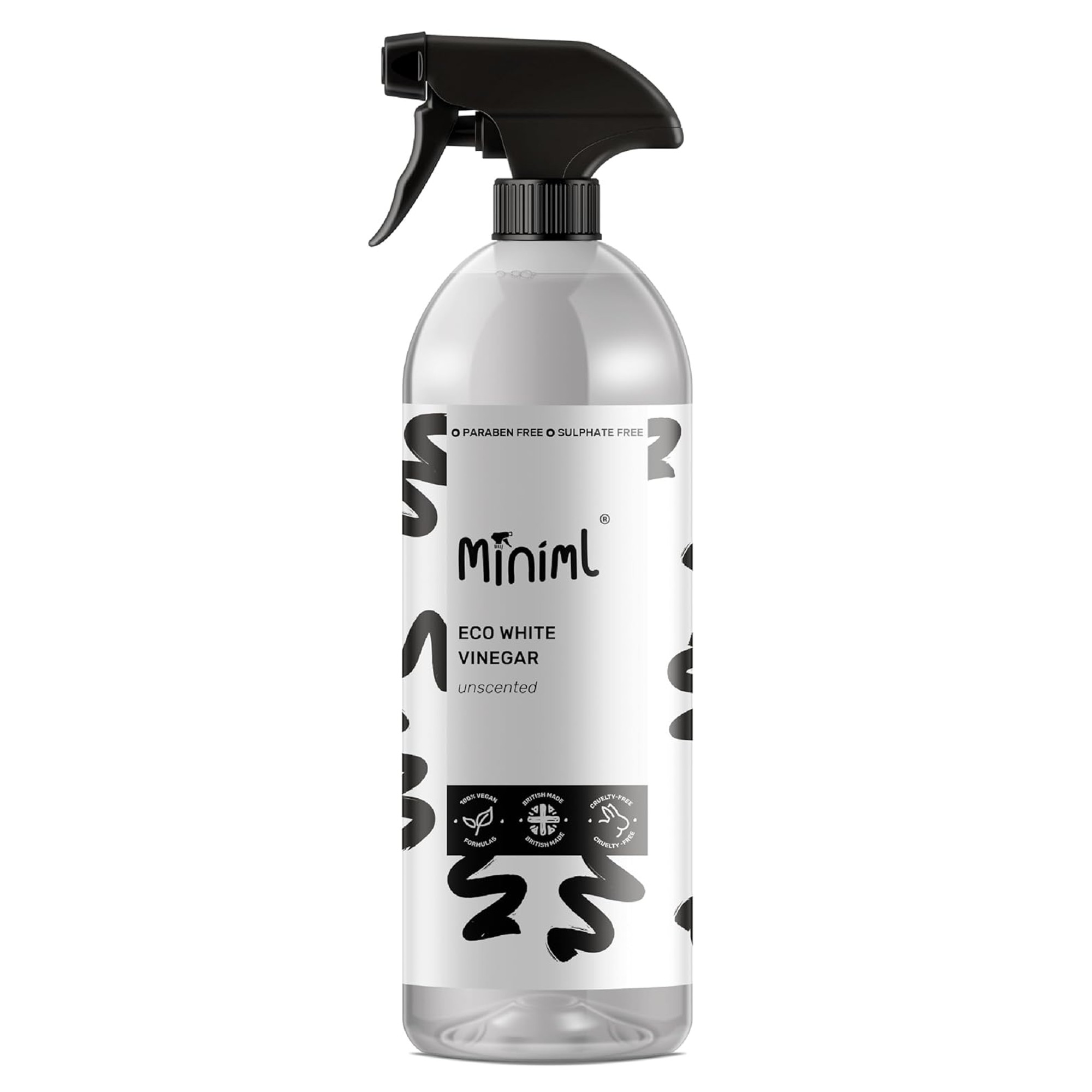How to clean log burner glass - and the unconventional cleaning product you need to see it sparkle again
You don’t need any fancy cleaning products or tools, either


There’s nothing quite like hunkering down on a winter’s day, firing up the log burner and getting cosy. But if you find it hard to relax when a soot-covered glass door obscures your view of the flames, you’ll want to know how to clean log burner glass.
Of course, log burners and wood-burning stoves are certainly more practical than aesthetic - but most people still want to see the roaring flames inside the stove, and dirty glass can be an eyesore. However, cleaning log burner glass isn’t the same as cleaning a glass oven door or cleaning windows. The last thing you want to do is use chemicals or flammable cleaning products near open flames, after all.
This is a necessary task, though. As Stephen Talbot, sales director at Logs Direct, explains, ‘When soot and residue build up on the glass, it can reduce the amount of heat that transfers into your living space, which can increase fuel consumption.’ So, follow this step-by-step guide to clean log burner glass and restore your stove to its former glory.

What you'll need
Step-by-step
1. Let it cool down
Generally, log burners can reach anywhere between 260 and 460°C. And while these temperatures are ideal for keeping your house warm in winter, this is something you must consider when cleaning log burner glass.
So, for your own safety, you shouldn’t clean it while your log burner is still fired up - or even just after the last embers have gone out.
Joanna Humphreys, Fire and Stove Specialist at Direct Stoves, echoes this, saying, ‘It seems like common sense, but just to be sure, always make sure your stove glass has cooled down sufficiently before you attempt to clean it. Some people think that slightly warm glass is easier to clean, but you should be just as fine if your glass is completely cool too.’
This will likely take a few hours, so you need to be patient.
Sign up to our newsletter for style inspiration, real homes, project and garden advice and shopping know-how
2. Remove burnt debris
When you want to clean log burner glass, you absolutely need to focus on the glass itself. But while you’re at it, it’s also a good idea to clean the inside of the log burner. In fact, this will help to move the whole process along.
As you shouldn’t burn coal in a log burner, you should only really have wooden debris - like half-burnt logs and ash - in your log burner, so this should be easy enough to remove.
Joyce French, cleaning expert at HomeHow.co.uk, advises, ‘Begin by removing all of the wood ashes from the bottom of the log burner and put these in a bowl to use later on in the process. Then, use a soft brush to remove any loose bits of debris and dust from the log burner door and surrounding area.’

3. Next, clean with the ashes
It may sound counterintuitive to clean the log burner glass with dirty ashes from the log burner itself, but it’s a foolproof cleaning method that will work time and time again. You’ll also need some newspaper and a bowl of soapy water for this step.
Joanna suggests, ‘Take your newspaper ball and dip into the water then the bowl of old wood ashes. Using your newspaper ball dipped in wood ash, gently scrub the stove glass in circular motions.’
However, it’s important to note that you don’t necessarily need to use soapy water. Just ashes and water will do the trick. You can also do this on the inside and outside of the log burner glass.
4. Tackle any tougher marks
The above steps should be enough to clean the log burner glass, but if you find that you have any stubborn residue or marks leftover, you may have to bring in the big guns. And to get rid of these marks, you’ll need a tougher cleaning product.
‘If you prefer a homemade solution, you should try mixing bicarbonate of soda with a bit of water to create a mildly abrasive paste that’s usually effective at cutting through tougher build-up,’ says Stephen.
Just make sure that you don’t scrub too hard, as glass is typically one of the things you should never clean with baking soda. Log burner glass is fairly tough, though, so it can handle a gentle touch.

5. Give it a wipe down
Of course, cleaning with ash and baking soda is a messy business - and by this point, you may be wondering whether you've made a huge mistake. But underneath the ashy residue will be sparkling clean log burner glass. You just need to wipe it away.
Joyce says, ‘Once you’ve scrubbed the glass, wipe away all of the residue with a clean cloth. You may need to repeat the step if you’ve missed any bits of stubborn soot.’
6. For an added step, spritz with white vinegar
When you’ve wiped away the residue, we have no doubts that you’ll be happy with the results. Your log burner glass should be free of soot and ash and should look as good as new. But if you want to add another step into the mix, you might also want to clean with vinegar.
‘Once you’ve cleaned the inside and outside of the glass, you can finish it off with a solution of equal parts water and white vinegar,’ says Joyce. ‘Rub this solution over the glass (both on the inside and outside) with some kitchen roll and then buff it dry. This will leave the glass looking very shiny and gleaming.’
This is optional, though, so don’t worry if you skip this step.

FAQs
How often should you clean wood burner glass?
Ultimately, this all depends on how often you use your log burner. Throughout the summer, you shouldn’t need to clean it all if you don’t use it. During the winter months, when usage is high, you should clean it much more regularly.
In most cases, you should only need to clean the glass every month. But if you find that it’s becoming dirtier quicker, you may need to increase the frequency of cleaning.
How do I keep my log burner glass from turning black?
If your log burner glass is turning black, this is a sure sign that something isn’t quite right. So, you probably need to make a few changes in your use. Examples of these changes include:
- Burning at a higher temperature: Burning at a low temperature can cause a lot of smoke, resulting in black glass.
- Using seasoned wood: Wet, unseasoned wood smokes much more than dry, seasoned wood, so opting for the later can reduce soot.
- Not overloading the stove: Sometimes, putting too much wood into the log burner can turn the glass black. So, add wood slowly and steadily.
- Cleaning it regularly: The more you clean your log burner glass, the less likely it is to turn black.
Well, there you have it. That’s how to clean log burner glass!

Lauren Bradbury has been the Content Editor for the House Manual section since January 2025 but worked with the team as a freelancer for a year and a half before that. She graduated with a Bachelor’s degree in English and Creative Writing from the University of Chichester in 2016. Then, she dipped her toe into the world of content writing, primarily focusing on home content. After years of agency work, she decided to take the plunge and become a full-time freelancer for online publications, including Real Homes and Ideal Home, before taking on this permanent role. Now, she spends her days searching for the best decluttering and cleaning hacks and creating handy how-to guides for homeowners and renters alike, as well as testing vacuums as part of her role as the Ideal Home Certified Expert in Training on Vacuums, having spent over 110 hours testing different vacuum models to date!


